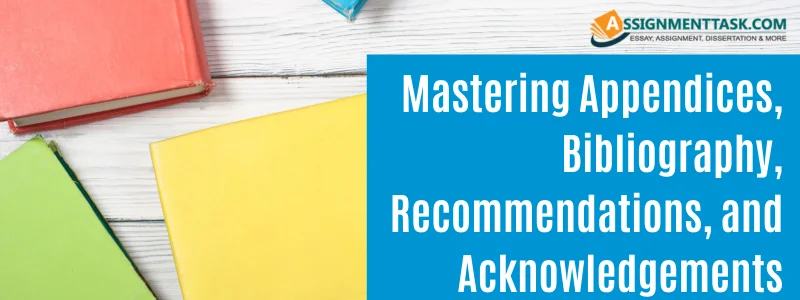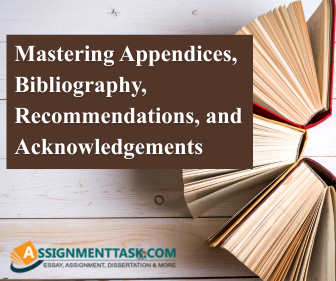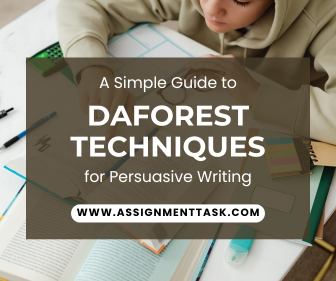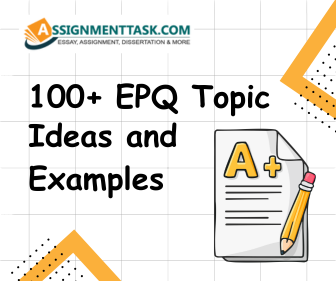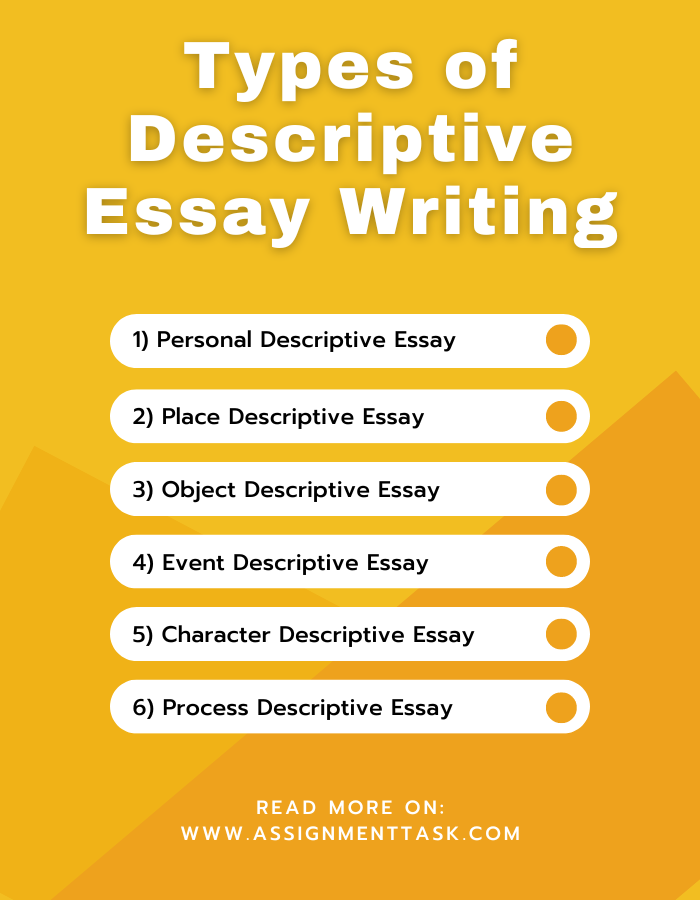Mastering Appendices, Bibliography, Recommendations and Acknowledgements: A Complete Student Guide
- Assignment Task Blog
- Nov 26, 2025
- Academic Writing
When writing a dissertation, thesis, project report, or academic paper, students often focus most of their attention on the main chapters, such as the literature review, methodology, and findings. However, the closing sections of your work, acknowledgements, recommendations, bibliography, and appendices, hold equal importance. These sections show your professionalism, attention to detail, and ability to follow academic writing standards.
Sadly, many students struggle with these parts because they seem confusing or “less important.” This guide explains everything in a simple and clear way so you can master each section with confidence. Whether you need help with acknowledgement and bibliography, want to understand how to format an appendix in dissertation, or look for a good acknowledgement sample, this guide covers it all.
Understanding Acknowledgements
What is an Acknowledgement?
The acknowledgement section is a brief section of a dissertation or any other academic project in which you acknowledge those individuals who helped you in your research and writing process. This may include:
- Supervisors
- Professors
- Family
- Friends
- Research participants
- Institutions
- Funding bodies
The reproach is amicable, though respectful. It is the sign of your appreciation of the assistance you were getting.
Purpose of an Acknowledgement
The dissertation acknowledgement is more than just a thank-you note. Its purpose includes:
- Being grateful for the academic or emotional support.
- Citing the work on your research.
- Showing ethical writing behaviour.
- Emphasizing the interprofessional cooperation of academic work.
This section does not directly impact your grades, but it will give credit to your final paper in terms of respect and professionalism.
Read Blog: Dissertation Acknowledgement Examples
How to Write an Acknowledgement?
Writing an acknowledgement is simple when you follow the right order. Here is an easy structure:
- Start by thanking academic supervisors
- Acknowledge the guidance and feedback you received.
- Thank your department or institution
- Refer to any sources or opportunities they offered.
- Acknowledge participants or organisations.
- In case your study needed surveys, interviews, or access to data.
- Appreciate personal support
- Credit family, friends, or whoever gave you a push.
- Maintain a respectful and humble tone.
- The words used are supposed to be courteous and genuine.
You can use phrases like:
- “I should like to say my sincere thank you... ”
- “I am sincerely thankful to…”
- “I would like to say that I am happy about the ongoing support of...”
Sample Acknowledgement
Here is a simple acknowledgement sample for guidance:
“I would also like to thank my supervisor, Dr. Michael Brown, and his constant assistance, patience, and help during this research. I would also like to be thankful to the Department of Social Sciences, which provided me with the needed research tools. It is my sincere gratitude to all the participants who participated in this study. Lastly, I would like to acknowledge my family and friends who have always been supportive and encouraging throughout this process.”
Common Mistakes to Avoid
- The use of colloquial or overly emotional language.
- Wrote an acknowledgement very long.
- Remembering an important contributor forgettably.
- Adding unnecessary jokes or personal stories
- Talking in an uncivilized way or in colloquial language.
Helpful Writing Tips
- Keep it between 150–300 words.
- Use simple, clear, and sincere language.
- Arrange acknowledgements in order of importance.
- Read examples from your department for guidance
- Avoid exaggeration
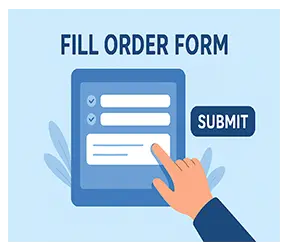
Stuck with Your Dissertation or Thesis?
Understanding Recommendations
What is a Recommendation Section?
The recommendation section is where you suggest practical actions, ideas, or improvements based on your research findings. It answers the question:
“What should be done next?”
These recommendations help academicians, organisations, or future researchers understand how your work can be applied or extended.
Purpose of Recommendations
Recommendations serve several important roles:
- Suggesting improvements for future studies
- Giving practical guidance to organisations or policymakers
- Highlighting areas that need more research
- Showing the real-world value of your findings
This section shows your ability to think critically and make meaningful suggestions.
How to Write Effective Recommendations?
Follow these steps:
- Base recommendations on your findings: Don't bring up topics unrelated to your findings.
- Be specific and realistic: Make recommendations for actions that can be carried out.
- Organise points using bullet points: Use bullet points to arrange your points so the reader will find it easier.
- Use formal and clear language: Employ formal, unambiguous language, such as "It is recommended that..." or "The results indicate..."
- Avoid vague statements: Your recommendations should be actionable and measurable.
Example of a Recommendation Section
It is advised that the school administration expand digital literacy initiatives for both teachers and students in light of the study's findings. To enhance the use of online resources, more training sessions ought to be planned. The long-term impacts of technology on academic performance need more investigation.”
Common Mistakes to Avoid
- Making suggestions unrelated to outcomes
- Providing impractical answers
- Reiterating results rather than making recommendations
- Making ambiguous or unduly general claims
- Making suggestions without a framework
Writing Tips for Recommendations
- Make use of numbered lists or bullet points.
- Each suggestion should be brief and specific.
- Make sure each point relates to the results of the research.
- Provide proof to back up your recommendations.
- Steer clear of sentimental or subjective viewpoints.
Understanding Bibliography (References)
What is a Bibliography?
A bibliography (also known as “References”) is a list of all the books, articles, websites, and other sources you used during your research. Students often discuss bibliography and acknowledgement together because both appear at the end of academic work.
A bibliography proves that credible sources support your research.
Checkout This: Annotated Bibliography Writing Guide
Purpose of a Bibliography
The main purpose of a bibliography is to:
- Give credit to the original authors
- Avoid plagiarism
- Show the depth and reliability of your research.
- Help readers locate sources easily.
- Follow academic writing standards.
Without a bibliography, your work may be considered incomplete or unreliable.
How to Write or Format a Bibliography?
Different institutions follow different citation styles. The most common ones include:
To write a correct bibliography:
- List sources in alphabetical order
- Include author name, year, title, publisher, and page number.
- Format according to the required citation style
- Be consistent throughout
- Double-check spellings and publication details
If you find citation formatting confusing, you may consider using online dissertation help for accuracy.
Example of a Bibliography Page
APA Style Example:
Brown, T. (2021). Digital Learning in Higher Education. Oxford University Press.
Johnson, R. (2020). Understanding Research Methods. Cambridge Press.
Common Mistakes to Avoid
- Mixing different citation styles
- Leaving out important information
- Incorrect alphabetical order
- Citing sources not used in your research
- Using unreliable online sources
Writing Tips for Creating a Bibliography
- Use citation tools like Google Scholar, Zotero, or Mendeley.
- Follow one style consistently.
- Check your university’s guidelines.
- Keep track of sources while researching.
- Proofread the final bibliography thoroughly.
A neat and accurate bibliography gives your dissertation a polished and professional look.
Understanding Appendices
What is an Appendix?
An appendix includes additional information that supports your research but is too long to include in the main chapters. Examples include:
- Survey questions
- Interview transcripts
- Charts and graphs
- Raw data
- Maps
- Tables
- Consent forms
Including an appendix in dissertation helps you keep the main chapters clean and structured.
Purpose of Appendices
Appendices:
- Provide extra details without cluttering your main chapters.
- Show transparency in your research process.
- Allow readers to verify your methods and findings.
- Present large data sets in an organised way.
They act as a “supporting library” for your dissertation.
How to Prepare and Organize Appendices?
Follow these simple steps:
- Clearly label the appendices.
- Make use of Appendices A, B, and so forth.
- Make use of evocative titles.
- For instance, "Appendix A: Survey Questionnaire"
- Put them following the bibliography.
- Adhere to the academic sequence.
- Organize your content.
- Add readable formatting, headings, and spacing.
- Refer to the appendices inside the main text
- For example: “(See Appendix B for the full interview transcript.)”
Example of an Appendix
Appendix A: Sample Interview Questions
- How often do you use digital learning tools?
- What challenges do you face when using technology in the classroom?
Common Mistakes to Avoid
- Adding unnecessary or unrelated documents
- Repeating the same information from the main chapters
- Forgetting to label or number appendices
- Adding confidential or sensitive data without permission
- Poor formatting or unreadable data presentation
Writing Tips for Appendices
- Keep the content organised.
- Add only relevant supporting material.
- Make references to appendices inside the main text.
- Use clear labels and descriptive titles.
- Keep formatting clean and consistent.
Here is the Legit Guide on How to Write an Appendix? Checkout Now!
Key Differences Between These Sections
Here is a quick comparison to help you remember the differences between acknowledgement and bibliography, appendices, and recommendations:
Understanding these differences helps you structure your dissertation properly.
Wrap Up
Producing a comprehensive and polished academic project requires mastery of these last but crucial sections: acknowledgements, bibliography, recommendations, and appendices. Every section contributes differently to the strength of your research, whether you are writing a thesis, report, or complete dissertation.
From writing a warm and respectful acknowledgement section, preparing accurate references in your bibliography, giving strong and realistic recommendations, to organising detailed appendices. This guide helps you through every step with clarity.
And remember, if you ever feel stuck or confused about formatting, citations, or structuring your dissertation, you can always rely on online dissertation help for expert support.

